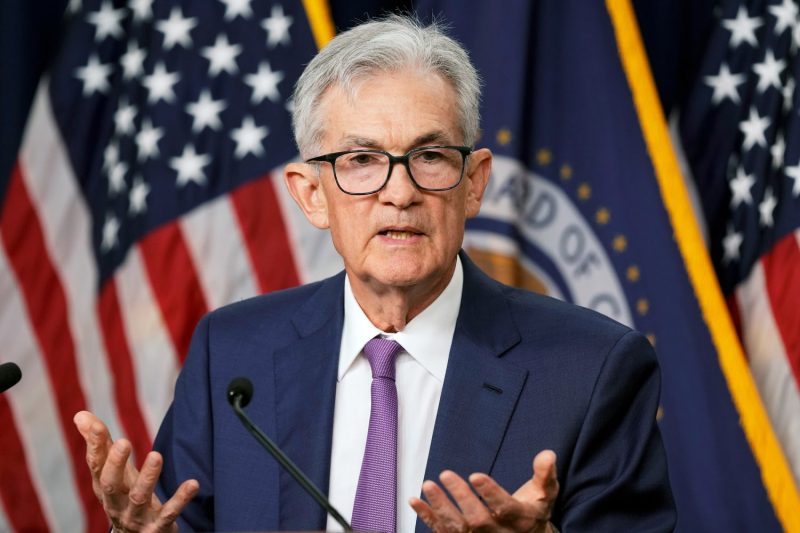
Powell’s Inflation Surprise: Rates to Stay Put Despite Higher Than Expected Prices
In a recent statement, Federal Reserve Chair Jerome Powell has signaled that inflation in the United States has been higher than originally estimated. This revelation comes at a critical time as the Fed seeks to calibrate its monetary policy to effectively manage the economic fallout from the ongoing global pandemic. Powell’s comments underscore the challenges and complexities faced by central banks globally as they navigate the path to economic recovery.
Powell’s acknowledgment of higher-than-expected inflation rates highlights the evolving nature of the current economic landscape. Despite initial projections, inflationary pressures have proven to be more persistent and widespread than anticipated. This has significant implications for policymakers, especially in terms of deciding on the appropriate course of action to balance price stability and economic growth.
One key takeaway from Powell’s assessment is the expectation that interest rates will remain steady in the near term. This decision reflects the Fed’s cautious approach to normalizing monetary policy in the face of uncertain economic conditions. By keeping rates unchanged, the Fed aims to provide a supportive environment for economic recovery while closely monitoring inflation dynamics.
The Fed’s commitment to holding rates steady also underscores its vigilant stance on inflation management. Powell’s acknowledgment of elevated inflation levels serves as a reminder of the delicate balance central banks must strike between stimulating economic growth and preventing runaway price increases. By closely monitoring inflation data and signaling a stable interest rate outlook, the Fed aims to instill confidence in financial markets and businesses that it is equipped to manage potential inflationary risks.
Looking ahead, the Fed’s approach to monetary policy will likely be influenced by a multitude of factors, including inflation trends, employment data, and global economic developments. Powell’s emphasis on the unpredictability of inflation underscores the importance of adaptability and flexibility in policymaking. As the economic recovery continues to unfold, the Fed will need to remain nimble in its response to changing conditions to ensure a stable and sustainable growth trajectory.
In conclusion, Jerome Powell’s acknowledgment of higher-than-expected inflation rates and the expectation of steady interest rates reflect the current economic challenges facing the United States. The Fed’s commitment to maintaining a supportive monetary policy stance while closely monitoring inflation dynamics highlights the complexity of navigating the path to economic recovery. By staying attuned to evolving economic indicators and remaining proactive in its policy decisions, the Fed aims to foster a resilient and dynamic economy in the post-pandemic era.
